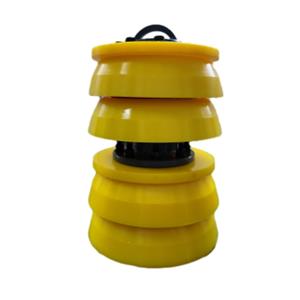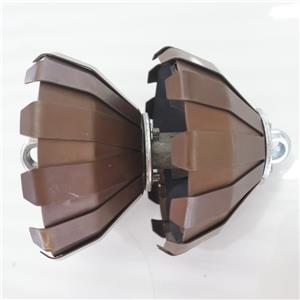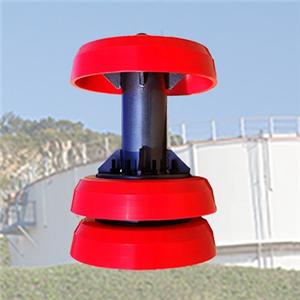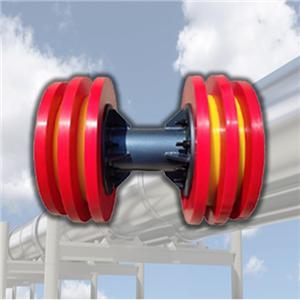PIPELINE CLEANING!
The pigging system consists of elastic projectiles (“pigs”) with a diameter slightly larger than the pipeline carrying the liquid. The pigging process introduces a pig into the pipeline. (usually automatically). and push it through the pipe. A pig is pushed through a pipeline by pressurizing the piping system behind it. Compressed air, carbon dioxide, nitrogen, freshwater or even the next product (depending on the application) provide the pressure. The liquid residue in the pipeline is recovered. Instead of flushing down drains, waste disposal, or collection areas: Propelled by pipe cleaners. and forced into the fill or storage tank at the destination, or returned to the source. Processing then continues with the remaining product.
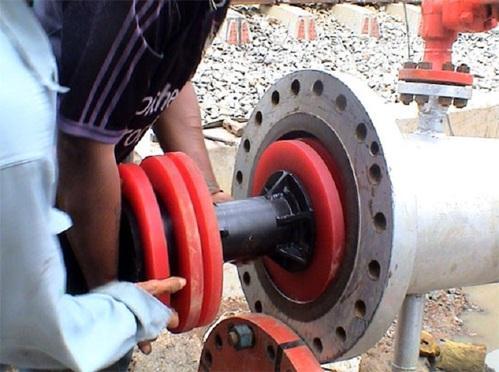
The benefits of a sanitary pigging system are many. The basic purpose is after the liquid product has been transported from one location to another. Clean or recycle residues in pipes’
liquid material in. The main reason why manufacturers of production and processing products use it is to recycle products. This increases yield and reduces waste. Some companies also use pigs to clean the inside of the pipeline. Conveying liquids, and reducing the use of cleaning fluids. It can also reduce water consumption, save time and improve production efficiency. Ultimately increase profits. Additionally, resources, products, and time are saved due to pigging. This also contributes to sustainability.

